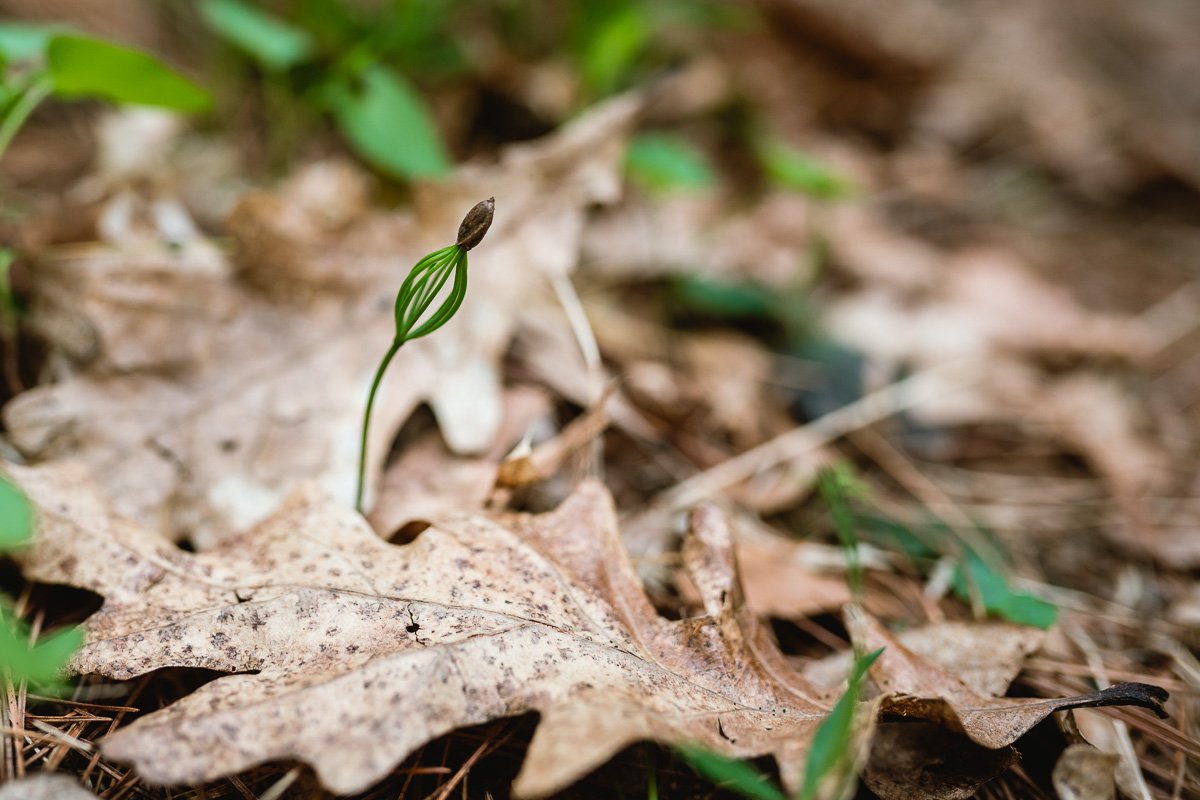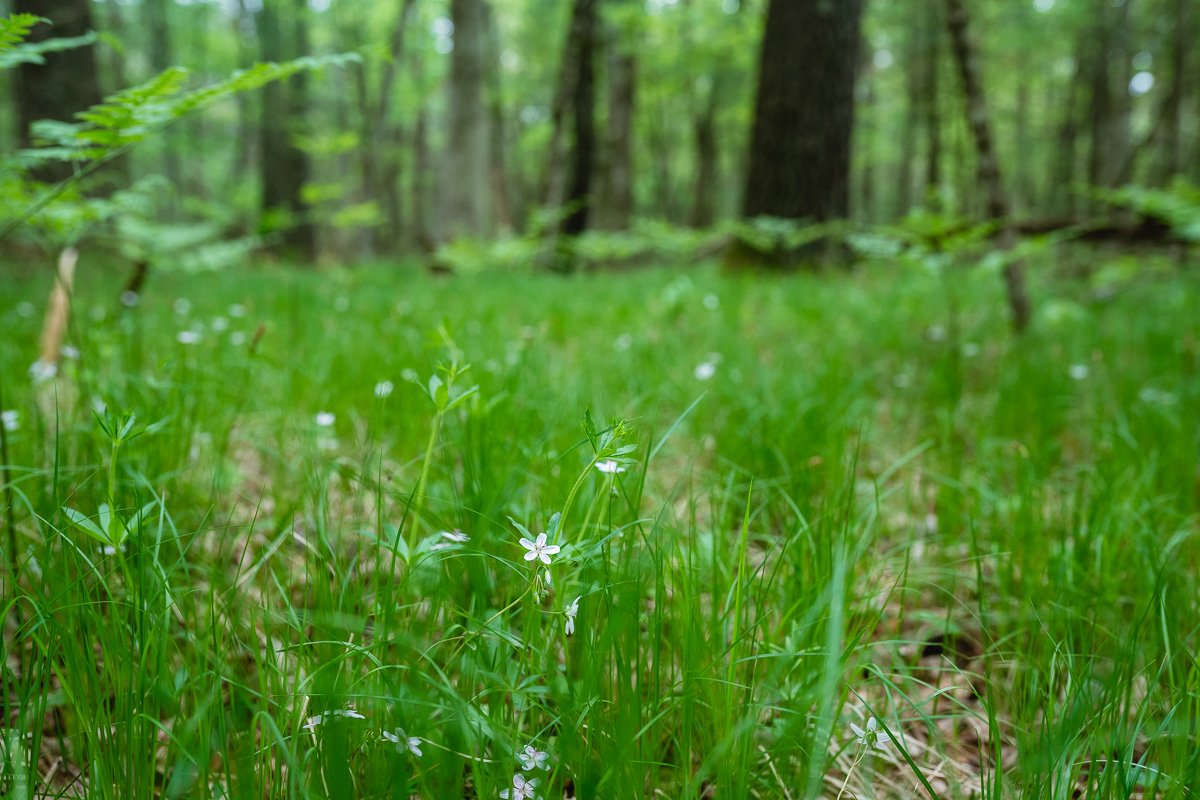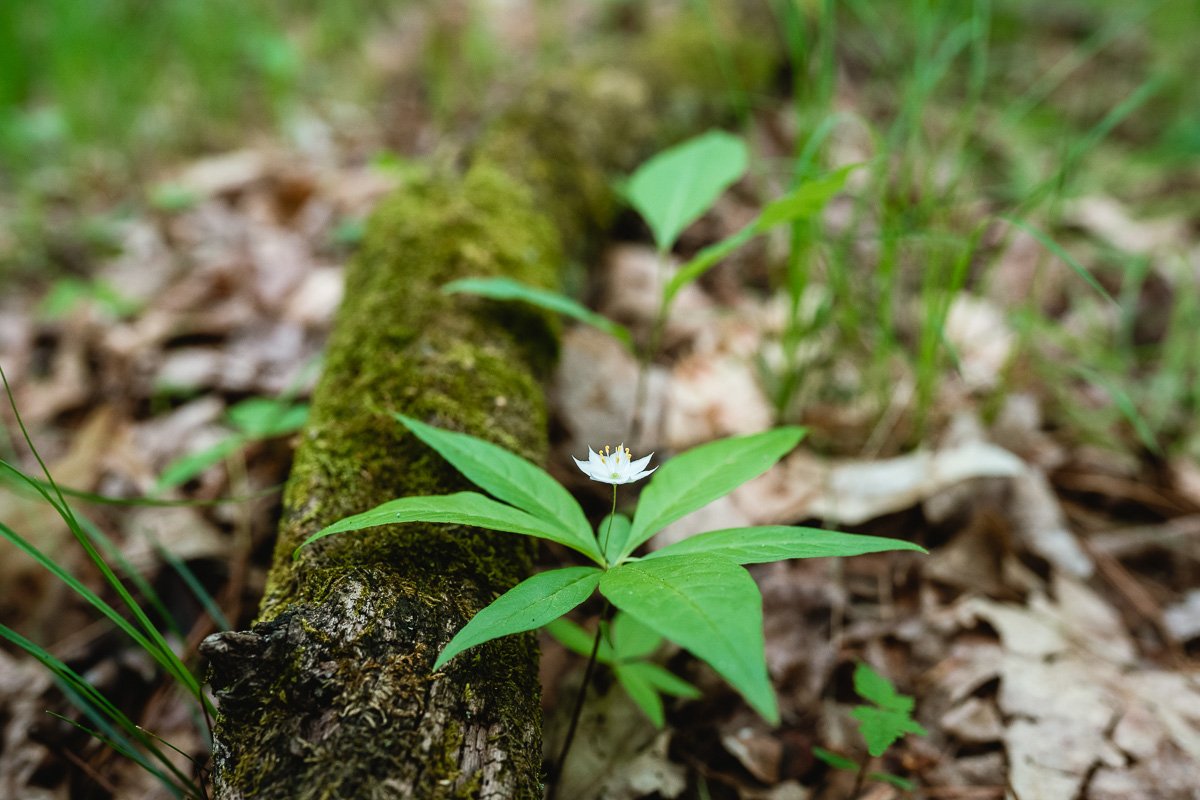
Frequently Asked Questions

CONSERVATION BURIAL
CONSERVATION BURIAL
-
What is a conservation burial grounds?
A conservation burial grounds is “a type of natural cemetery that is established in partnership with a conservation organization and includes a conservation management plan that upholds best practices, and provides perpetual protection of the land according to a conservation easement or deed restriction” (Green Burial Council Glossary, 2022).
-
What is green burial?
Green burial is “a way of caring for the dead with minimal environmental impact that aids in the conservation of natural resources, reduction of carbon emissions, protection of worker health, and the restoration and/or preservation of habitat. Green burial necessitates the use of non-toxic and biodegradable materials, such as caskets, shrouds, and urns” (Green Burial Council Glossary, 2022).
-
What is the burial forest?
The burial forest is what we hope will be a conservation burial grounds for green burial that is located in an established forest. We intend for the property we purchased in Brooks Township to become the burial forest.
-
How many conservation burial grounds are in the United States?
Currently, there are 23 conservation burial grounds in the United States, the first of which opened in 1998. There are 77 natural burial grounds (cemeteries that exclusively offer green burial, typically in a landscaped/mowed setting), and 340 hybrid cemeteries (conventional cemeteries with a designated natural burial section). Check out this up-to-date list, and this interactive map.
-
Are there any other conservation burial grounds in Michigan?
Currently, there are two GBC certified hybrid cemeteries and two natural burial grounds (definitions in the previous question) in Michigan.
But, there are no conservation burial grounds yet in Michigan. Our goal is to be the first.
-
What needs to happen before the West Michigan burial forest is open?
Since early 2022, we have been working to satisfy the requirements to secure a zoning permit from the local township, then we can proceed with licensing through the Michigan Cemetery Commission. This includes establishing a $50,000 perpetual care endowment. At that point, we can start selling plots and offering burial services.
Once we have permission from the township, we will secure a conservation easement with a local conservation organization that is already willing to work with us. Finally, we will apply for green burial certification through the Green Burial Council.

LOCATION
LOCATION
-
Where is the proposed burial forest property located?
It is located a few miles east of downtown Newaygo, Michigan—just north of the Muskegon River. The property falls within Brooks Township, in Newaygo County.
-
Is the proposed property easy to access?
Yes, it is part of the reason we chose this property. The entrance to the property is easily accessible by all types of vehicles. It is on a quiet road lined with large trees.
-
How big is the proposed property?
It is 20 acres. The property is fully wooded, and surrounded by wooded lots on all sides.
-
How far is the proposed burial forest from nearby cities?
The forest is 38 miles north of downtown Grand Rapids, Michigan. There are two routes from Grand Rapids—driving north on Alpine/M-37 or 131-N. It takes 50 minutes to get there from Grand Rapids.
It is 1 ½ hours from Kalamazoo, a little over 1 ½ hours from Lansing, and 2 ½ hours from Ann Arbor.
-
What is in the area surrounding the proposed property?
The forest is within the bounds of the Manistee National Forest, with nearby access to the North Country Trail. It is around the corner from Karner Blue Nature Sanctuary, and down the road from a county campground on the Muskegon River. Coolbough Natural Areas, Newaygo Prairie Nature Sanctuary, Croton Dam, and downtown Newaygo are a few minutes away.
-
Why is the proposed property good for conservation?
Establishing the conservation burial grounds on this property will contribute to the mosaic of already protected lands in this ecologically important area. The greater the space and connectivity, the greater the overall environmental impact.

FOREST ECOLOGY
FOREST ECOLOGY
-
What does the proposed burial forest look like?
The burial forest looks like a wooded nature preserve. The forest is 20 acres and is surrounded by wooded lots on all sides (all images on this website are taken at the property in 2022 and 2023). Every so often, a small memorial marker may be visible once we are operational.
-
How old are the trees in the proposed burial forest?
Though Michigan was extensively logged, we estimate that many of the white pines on the property are at least 100 years old.
-
Are there spring wildflowers in the forest?
Yes! There is an abundance of native wildflowers throughout the forest, and we plan to encourage their spread.
-
What kinds of plants are most common in the forest?
The forest consists primarily of white oak and white pine, similar to what was there in the early 1800s. The forest floor is covered in bright green sedges (looks a bit like grass) and lush mossy logs.
Over time, our goal is to eradicate invasive species in the forest and promote the flourishing of native species appropriate to the local ecosystem.
-
What kinds of animals are on the property?
So far, we have seen deer (and an adorable fawn!), porcupine, turtles, and wild turkey.
Birding on the property has also been wonderful.
Some of the special birds we have seen are Indigo Bunting, Ovenbird, Scarlet Tanager, Blue-winged Warbler, Chestnut-sided Warbler, and a Barred Owl we affectionately call Percy.
-
Are there any special/rare plants in the forest?
We have already found a number of plants with a high FQI:* Canadian wood betony (a 10), squaw root (a 10), American gromwell (a 10), birdfoot violet (a 9), and wild dogwood (an 8).
*FQI, Floristic Quality Index, is a rating system used by the Michigan Natural Features Inventory to identify important plants for conservation. A 10 is most special!

PLOTS AND GRAVES
PLOTS AND GRAVES
-
How will the cemetery be organized?
Because of the trees and trails in the forest–and the fact that forests change over time–we are proposing that the property be split into sections and each section be split into burial sites. Each site will be approximately 16’ x 20,’ which is larger than the amount of space needed for one burial.
-
Will I be able to choose my plot?
Once we are operation, you will purchase “a plot.” This means you will be buying rights to one full-body burial in the cemetery as opposed to purchasing a specific piece of the property. As far as choosing plots, we plan to have various options available. Some may choose to buy a non-site-specific plot the location of which will be thoughtfully determined at the time of death at the discretion of the burial forest management. Others may choose to purchase a plot in a desired section of the forest, or a particular site within a section that they are drawn to.
-
How many people can be buried at the proposed burial forest?
A conventional lawn cemetery holds 1,000-1,200 graves per acre. Conservation burial is limited to an average of just 300 burials per acre, but often 50-150 is more reasonable for a forest habitat. For the conservation burial certification MI Burial will be pursuing, we will likely limit the total number of burials on the 20-acre property to 3,000 (rather than the 200,000+ total that would be allowed in a conventional cemetery of the same size). This does not include pet burials or interment of cremated remains.
-
What is the grave preparation process?
Graves will be dug with great care by hand, with the option of the involvement of loved ones. MI Burial’s owner and botanist Peter will ensure that graves do not harm major root systems, and will preserve the rich topsoil to minimize disturbance to the forest floor.
-
How deep is a grave in this kind of cemetery?
In a burial forest like the one we are proposing, each grave is 3-4 feet deep, where the beneficial microorganisms involved in nutrient recycling are most active.
-
Will there be any smell or risk of animal "interest?"
No, there won’t be any smell. The amount of soil atop the body is a smell barrier.
Because of this smell barrier, there is no risk of curious animals tampering with graves.

BURIALS
BURIALS
-
Who will prepare the body for burial?
Bodies may be prepared for burial by the family or by a funeral home. As long as no conventional embalming fluid is used, and all non-biodegradable items are removed, there are no special regulations for body preparation.
-
What can a body be buried in?
There are endless possibilities. Burial vessels can be as simple, creative, or ornate as desired. A cotton or linen shroud may be wrapped around the body. Caskets and coffins may be made from wicker, wood, cardboard, or woven twigs, flowers, grasses, etc. Anything from a simple pine box to an intricately carved cherry casket are acceptable, as long as non-biodegradable items are not used (metal, lacquer, plastic, etc.). And yes, you can also be buried nude (we have gotten this question multiple times!).
-
Is anything else allowed to be buried with the body?
Anything non-toxic and biodegradable may be buried with the body. Examples: fresh or dried flowers, clothes or blankets made of all organic materials, mementos made of natural materials, letters or other paper items, etc.
-
What will a burial service be like?
A simple wooden cart will transport the prepared body along the forest trails to the prepared gravesite. The cart is pushed by anyone who would like to participate. Tranquil graveside ceremonies will be held in a private wooded setting. All who wish to participate can help to lower the body into the grave and fill it with soil. In addition, families may choose to have a funeral service in a different location.
-
How many people can attend a burial?
We do not plan to have an official cap on the number of people that can attend and participate in the burial. That said, though we have ample street parking, the burial forest most comfortably accommodates 15-20 vehicles. Burial services are typically attended by the dead’s closest family and friends, which facilitates an intimate feel and opportunity for meaningful participation.
-
Can burials be attended by those with limited mobility or need for a wheelchair?
The proposed property is easily accessible and flat. We will supply a few wheelchairs (and possibly walkers) that are able to move easily over the terrain of the trails. Trails will be wide enough to accommodate them.

FUNERALS
FUNERALS
-
Will I be able to have a home funeral?
Yes, a home funeral is certainly conducive to green burial in the forest cemetery. Typically, the body is kept cool at home using a bed of dry ice (3-5 days). Memorial/funeral services may be held at home. The family may prepare their loved one’s body for burial. It is also legal in the State of Michigan for family members to transport the body to the burial grounds in their own vehicle. At that point, a funeral director must be present to ensure that the actual place of burial matches what is on the death certificate.
-
Is it possible to have a funeral home viewing prior to green burial?
Yes, it is a possibility. Conventional embalming is typically performed on a body prior to a viewing—this process is not allowed. However, there are some alternative non-toxic embalming fluids on the market that some funeral homes may offer instead. Another possibility is to keep the body cold until a brief viewing without embalming. If a funeral home allows this, it will likely only be an option for a small private group.
-
Will a funeral home need to be involved?
A funeral director must be present at the burial itself, per Michigan law. We will have a list of local recommended funeral directors that are familiar with working with the burial forest.

MEMORIALS
MEMORIALS
-
What kinds of memorial markers will be allowed?
While memorial markers are not necessary, we will allow small, native stones that may be engraved to mark the gravesite. A publicly-available detailed plat map will be the primary record of the location of each grave. We may also provide GPS coordinates (as long as the tech is accurate enough). In addition, small metal markers buried with the body and memorial benches near specific graves may be allowed as well.
-
Will you have options for pregnancy and infant loss?
We plan to have a designated pregnancy and infant loss memorial garden that is paid for by donation. Whether or not the family has physical remains* to bury, we will offer this visiting place to honor and remember your pregnancy/baby, your hopes, and your dreams. Small engraved native stone memorial markers are welcome in the memorial garden.
*We also welcome burial of the placenta, of expressed chest/breastmilk, or of a biodegradable memorial memento.
-
Can family members be buried near one another?
Yes. Exact proximity to one another will depend on the nearby trees and root systems present at the time of interment. If family members pre-pay for their plots, they can do so with the intention of being buried in the same or adjacent sites.
-
Can I be buried with a tree?
A common question we are asked is if we will bury people with a new tree. Because the forest is mature and trees are already established, a nearby tree will be designated as a memorial tree for that person.
-
Can the cremated remains of a loved one be buried with or near me?
Yes. Cremated remains may be buried with or scattered near the gravesite.
-
Can I bury my pet in the burial forest?
Yes, we plan to offer pet burials so that you have a permanent memorial space to visit your companion animal.

COST
COST
-
What is the cost to buy a plot?
MI Burial anticipates that purchasing the rights to one full-body burial (one plot) in the burial forest will start at $2,500.00 if pre-paid in full. There may be additional fees if choosing a specific burial site or exclusive rights to a site are desired. We will offer payment plan options. Plot cost will be higher for at-need burials, and will increase over time to account for inflation.
-
Will there be fees in addition to the cost of the plot?
The cost of the plot will not include opening and closing fees, which will be due at the time of burial. These fees will start around $1,000.00. All costs are liable to change at any time.
-
What other expenses should be considered for a forest burial?
The shroud or casket that the body is buried in and the cost for the funeral director to be present at the burial are additional outside expenses. Depending on preferences, other costs to consider are for a funeral home to store the body until the burial and transport the body to the burial, an officiant for the funeral and/or burial service, and an optional memorial marker.

VISITING
VISITING
-
Will the proposed burial forest be open to the public?
Yes, the walkable trails that will run through the forest will be open from dawn to dusk.
Family and friends of those buried are encouraged to visit and spend time in the forest.We will also welcome the public to enjoy the beauty of the property—just like at a nature preserve.
-
Are there any buildings or amenities on the property?
There are two small buildings near the entrance of the property. One is used for storage. The other (which looks a bit like a tiny house) will be used as a Welcome House to meet with clients for end-of-life planning and plot purchase paperwork. We do not have running water, electricity, or toilet facilities on the property.
-
Can I tour the proposed burial forest?
We are currently offering informal meet-and-greets at the burial forest by appointment. Please contact us if you are interested.
In the future, we will offer more opportunities to visit and enjoy the property, learn about conservation burial, and ask us questions.
